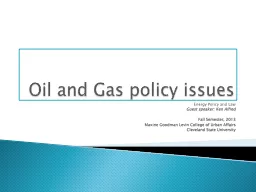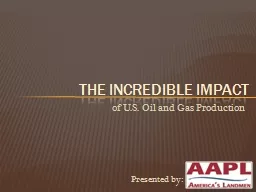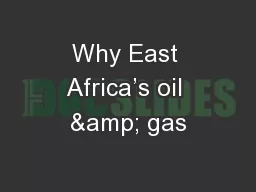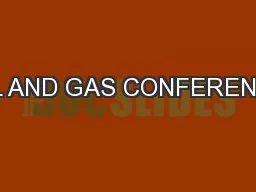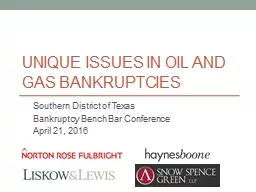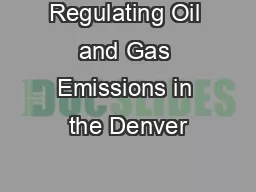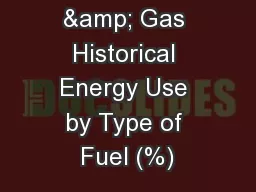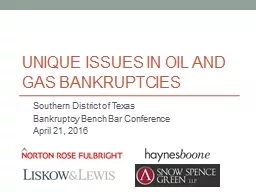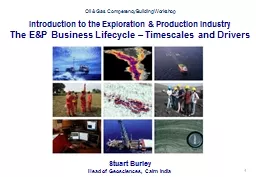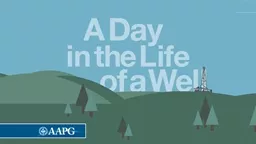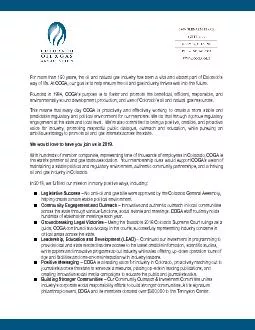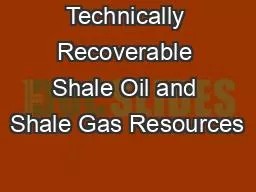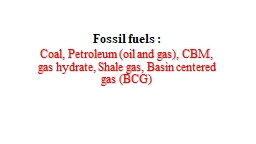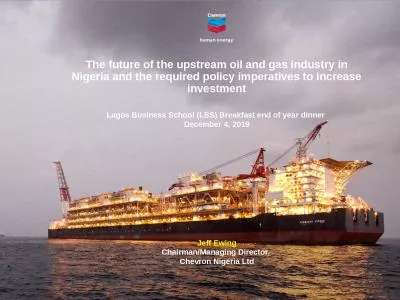PPT-Oil and Gas policy issues
Author : DontBeASnitch | Published Date : 2022-07-27
Energy Policy and Law Guest speaker Ken Alfred Fall Semester 2013 Maxine Goodman Levin College of Urban Affairs Cleveland State University Palestinian Israeli
Presentation Embed Code
Download Presentation
Download Presentation The PPT/PDF document "Oil and Gas policy issues" is the property of its rightful owner. Permission is granted to download and print the materials on this website for personal, non-commercial use only, and to display it on your personal computer provided you do not modify the materials and that you retain all copyright notices contained in the materials. By downloading content from our website, you accept the terms of this agreement.
Oil and Gas policy issues: Transcript
Download Rules Of Document
"Oil and Gas policy issues"The content belongs to its owner. You may download and print it for personal use, without modification, and keep all copyright notices. By downloading, you agree to these terms.
Related Documents

